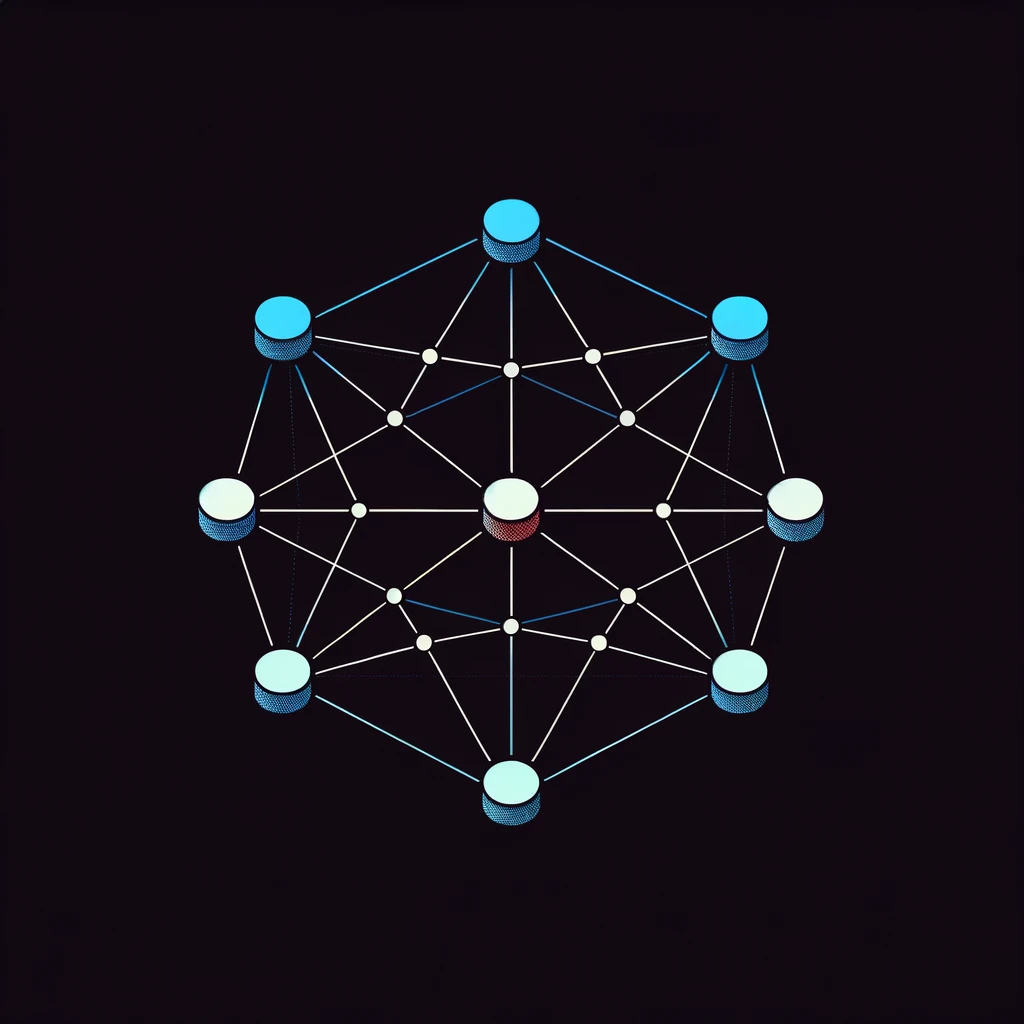Overview
WebWeave imagines a future where the internet is a fully decentralized network, woven into the fabric of everyday life through a mesh of interconnected devices and community networks. This speculative design project envisions a shift from centralized data centers and service providers to a distributed model where data and connectivity are as ubiquitous and accessible as the air we breathe. WebWeave leverages emerging technologies like blockchain, peer-to-peer networking, and quantum encryption to create a secure, resilient, and open internet accessible to everyone, everywhere.
Objectives
- Decentralization: Eliminate reliance on centralized infrastructure, ensuring the internet remains open and accessible, even in the face of outages or censorship.
- Privacy and Security: Implement end-to-end encryption and decentralized identity verification to protect user data and ensure privacy.
- Universal Access: Extend internet connectivity to underserved areas through a global mesh network, bridging the digital divide.
- Sustainability: Reduce the environmental impact of digital infrastructure by utilizing energy-efficient technologies and encouraging the use of renewable energy sources.
Implementation Phases
- Technology Development: Advance the development of decentralized technologies, focusing on scalability, security, and energy efficiency.
- Community Networks: Support the creation of local mesh networks that connect to the broader WebWeave, promoting community ownership and operation.
- Regulatory Framework: Work with governments and international organizations to establish a regulatory framework that supports and protects decentralized networks.
- Global Expansion: Collaborate with global partners to expand the WebWeave network, ensuring it is resilient and accessible worldwide.
Expected Outcomes
- A robust, decentralized internet that is less vulnerable to attacks, censorship, and control by any single entity.
- Enhanced privacy and security for users, with control over their data and digital identities.
- Universal internet access, especially in remote and underserved regions, fostering global connectivity and inclusion.
- A sustainable model for digital infrastructure, minimizing the environmental footprint of internet services.

